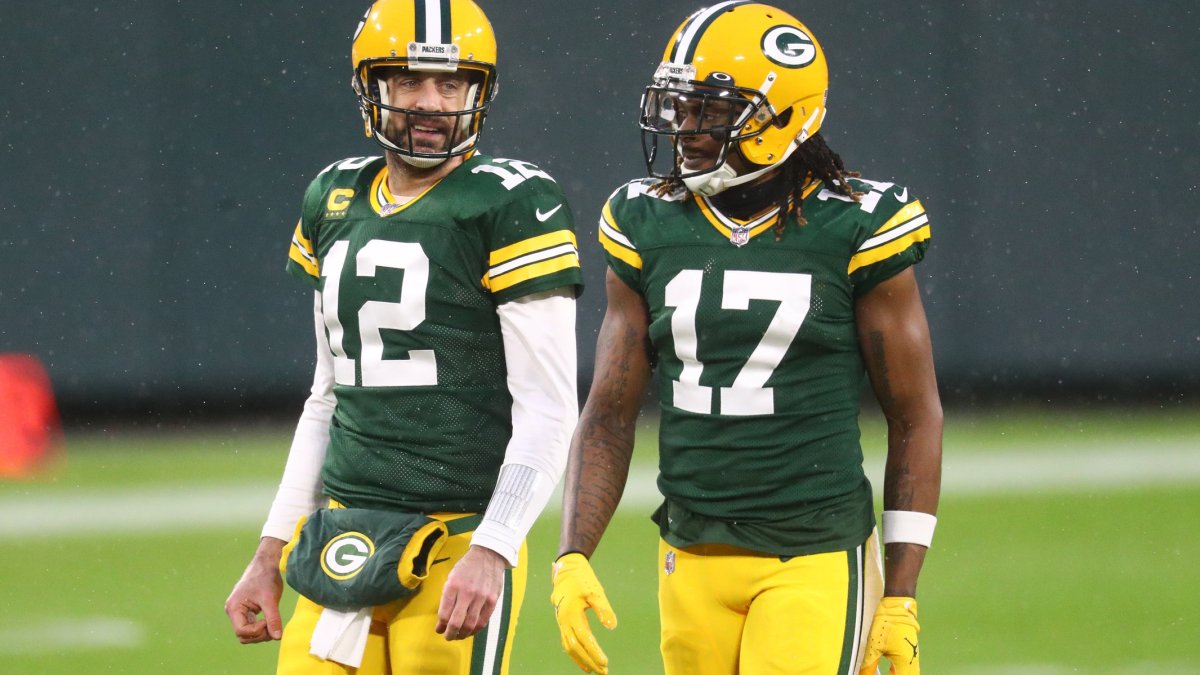Depending on how you grow up, one of the first lessons learned is to not throw the first punch. However, in the NFL, there is no waiting until it’s time to strike back.
Teams that score are teams that win, so there’s not much to say about the winning percentage of teams that score on opening drives. The Pittsburgh Steelers and Washington Football Team were the only two playoff teams in 2020 that scored on less than a quarter of its opening drives — and only four fell below the 25% mark in 2019 — but there are only 16 (though it will be 17 this year with the additional game added to the NFL's schedule) first drives a team can have in a season, so the sample size of opening drives is too small to make declarative statements on thresholds.
Subscribe to
However, an offense’s “openers” are key to winning in situational football, and four teams stood at the top of 2020 in turning opening drives: Green Bay, Detroit, Indianapolis, and Tennessee.
Offensive Performance on “Openers” in 2020
| Team | Touchdown Drive % | PFF Grade | EPA/Play |
| Green Bay | 56% (9/16) | 81.1 | 0.340 |
| Indianapolis | 56% (9/16) | 87.0 | 0.327 |
| Detroit | 43.8% (7/16) | 79.0 | 0.224 |
| Tennessee | 43.8% (7/16) | 90.2 | 0.270 |
Green Bay Packers
Key Factor: Feeding Davante Adams
There’s an axiom in basketball: Get your best shooter the ball early to let him get in a rhythm. Adams is most important early in the game, as his 90.5 receiving grade on opening drives ranks first of all receivers with at least 25 snaps in the same situation. Adams accumulated 13% of his 146 targets on opening drives and one-third of his touchdowns. The approach is clear — Aaron Rodgers and Matt LaFleur want to feed their best guy early and often.
Indianapolis Colts
Key Factor: Surgical precision from Philip Rivers
Rivers was bound to be missed in 2021 no matter what — and that was before the injury to Carson Wentz in training camp — but his work on opening drives in 2020 was key in propelling the Colts to their wild-card berth. Rivers’ 90.3 passing grade on opening drives was second only to Matt Ryan’s 90.5, and his 130.9 passer rating was third among QBs with at least 25 attempts.
In his 55 attempts to open games, Rivers put up 10 yards per pass attempt on an 84% completion rate. If that production clip had been sustained over all 544 attempts on his season, he would have bumped right up against Peyton Manning’s single-season passing record.
Detroit Lions
Key Factor: Matthew Stafford leading the way
With the Rams, Stafford was a model of consistency throughout his Lions career, as his numbers didn't waver much since 2015. Because of his velocity and experience, he reliably put points on the board early in games. His 82.3% adjusted completion rate on opening drives ranks in the top 10 among QBs (min. 25 attempts), and his 118.9 passer rating on opening drives far outpaced his 96.3 mark over all four quarters.
After the Jared Goff/Stafford swap this offseason, it’s fitting to compare the two in the same situation. Detroit was far from potent offensively, but the production on opening drives helped buoy the team early in games, given the defensive struggles.
| Player | Passing Grade | Completion Rate | Yards Per Attempt | Passer Rating | Average Depth Of Target |
| Matthew Stafford | 81.8 | 68% | 8.4 | 118.9 | 7.5 |
| Jared Goff | 70.0 | 74% | 8.3 | 109.3 | 4.8 |
Statistically, Goff and Stafford landed in similar places despite taking different paths. Team context is going to matter for these two QBs: Stafford's willingness to push the ball further downfield is going to be valuable for a Rams team looking to generate more explosive plays in the passing game, and Goff is probably the safe, ideal kind of QB for Detroit to have while rebuilding the roster under new leadership. Both teams may come out winners with their new QBs.
Tennessee Titans
Key Factor: The threat of Derrick Henry opening up the field for Ryan Tannehill
Henry’s career has earned the respect of every defensive coordinator in the NFL, and rightfully so. Teams sold out to load the box against the Titans early in games, playing Cover 1 and Cover 3 on 70% of snaps during the first drives. That kind of predictability from a defense leads to two things: a less productive Henry (59.3 rushing grade, 3.3 yards per attempt on 39 rushes) and all the space in the world to throw for Tannehill.
Former Titans offensive coordinator Arthur Smith took the hint to counter punch, punishing defenses with play-action passes. In Tannehill’s 528 total dropbacks, 36.4% were off of play fakes. On opening drives, that rate ballooned to 53%! His 25 play-action attempts on opening drives returned a 136.0 passer rating and 12.2 yards per attempt. For all players with at least 100 dropbacks off of play-action, his passer rating would have been second only to Rodgers. A.J. Brown and Jonnu Smith were the biggest beneficiaries on those early play-action passes, averaging 19.2 and 22.5 yards per reception, respectively. With future Hall of Famer Julio Jones in the fold, expect Tennessee to continue using Henry as a decoy to open games and manufacture easy explosive passes.



 © 2025 PFF - all rights reserved.
© 2025 PFF - all rights reserved.